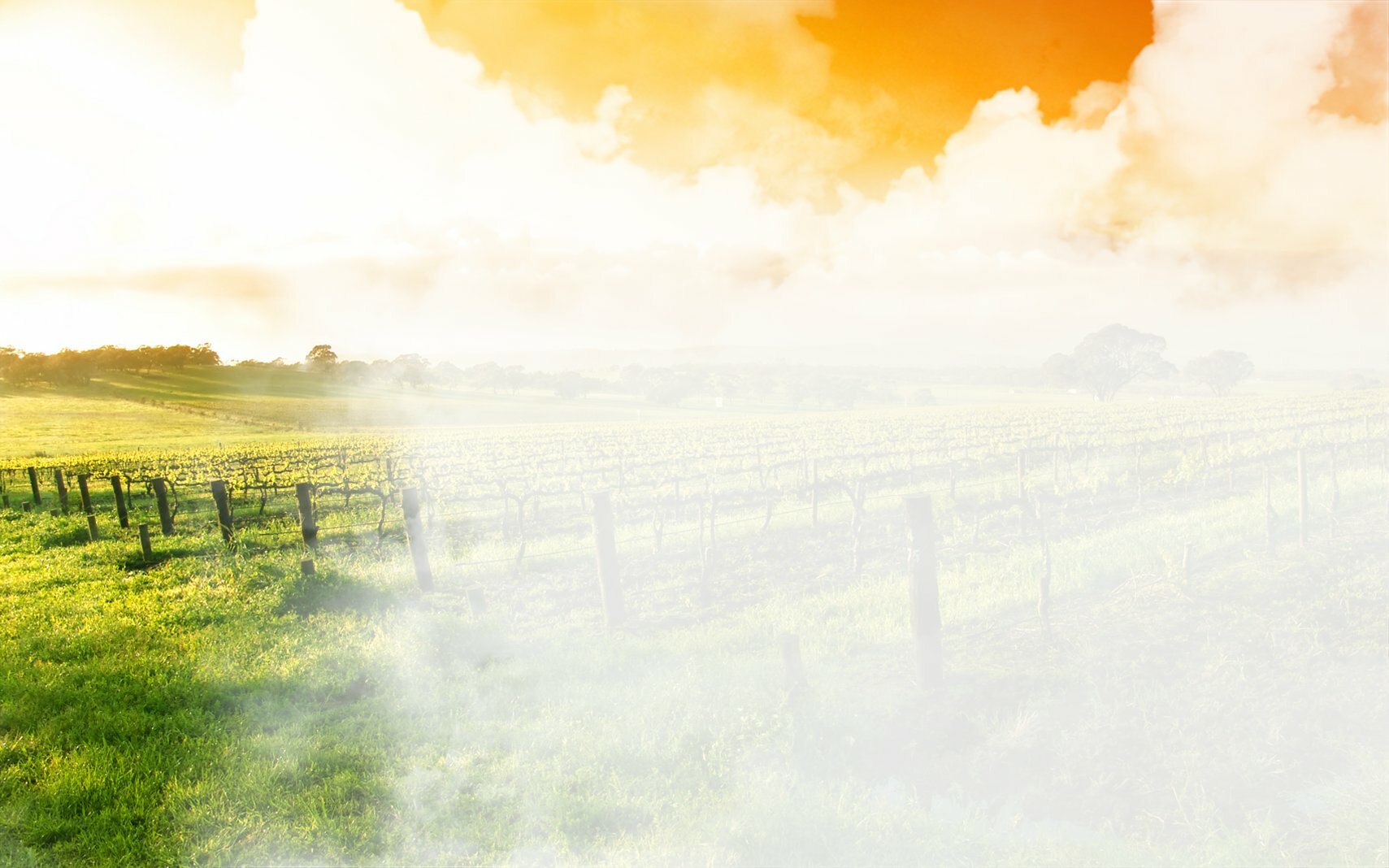REPORT HIGHLIGHTS FAIRTRADE IMPACT FOR PRODUCERS
11.01.2012 - Fairtrade International has published the report "Monitoring the Scope and Benefits of Fairtrade 2011", which refers to data collected between March 2010 and February 2011. The data were collected from 869 producer organisations (94% of all Fairtrade certified producers). The data show that Fairtrade is performing well and growing rapidly in some areas, while indicating other areas where we have challenges to overcome. Being aware of these challenges allows us to reshape our programme activities in order to tackle them.
You can download the full report here: Intoduction and Summary (PDF, 490Kb) + All data and tables (PDF, 6MB) - or read below the summary of the findings.
Farmer and worker numbers
At the end of 2010 there were 905 Fairtrade certified producer organisations in 63 countries. This is a net increase of 78 producer organisations since the end of 2009, and is in line with the overall growth trajectory of the previous years.

The monitoring data indicate that approximately 938 000 farmers are members of Fairtrade certified co-operatives, and 163 000 people work in Fairtrade certified commercial farms (plantations), making a total of just over 1.1 million people. We expect this figure to increase to 1.2 million in 2011. 58% of all farmers and workers within the Fairtrade system live in Africa. Latin America and the Caribbean accounts for 25% of all famers and workers within the Fairtrade system, and Asia and Oceania for 17%. Of the 63 countries where Fairtrade International is present, Tanzania has the most amount of Fairtrade small-scale farmers, while India was the largest country in terms of workers in Fairtrade certified plantations.

Fairtrade production volumes
The volumes sold as Fairtrade indicate growth in volumes sold of the major Fairtrade products (bananas, cocoa, coffee, flowers, tea) since the preceding year. Exceptional growth was recorded for Fairtrade cocoa sales. The exception to growth among the major products was seed cotton, where the figures indicate a decline in volumes sold. However, since there were no new audit reports for more than half of the cotton producers during 2010, the seed cotton data in this report are outdated and do not give an accurate picture of the current situation. Some smaller products appeared to have performed well during the period under review, particularly dried fruits, herbs and spices and nuts and oilseeds, all of which grew their volume of Fairtrade sales significantly in percentage terms. The number of sports balls sold as Fairtrade also increased significantly. Fairtrade producer organizations reported Fairtrade sales values totalling €550 million for the 12-month period preceding their 2010 audit. Fairtrade sales by small producer organisations (co-operatives) represented 91 percent of the total value of all sales. The four largest products by value, coffee, bananas, cocoa, and flowers, generated more than 80 percent of the reported Fairtrade sales income.

Land under Fairtrade production
The data indicate that the Fairtrade production area has grown by 12% in comparison with the 2008 data. Almost 1.2 million hectares are under Fairtrade production, when plantations are included. 95% of this area is being farmed by members of small farmer organisations and contract production farmers. Only 5% of the total area of production is reported by hired labour organizations.

Fairtrade sales values
Overall reported sales revenues and volumes and Premium receipts have grown significantly in the reporting period, particularly for small producer organisations. In comparison with 2008 reported levels, the data for 2009–10 reported by producers shows a 22% increase in Fairtrade Premium returns to producer organizations, and a 24% increase in Fairtrade sales values reported by producer organisations overall.

Growth in producer-reported Fairtrade sales volumes of certain products has been considerable in the reporting period, particularly for cocoa. Producer-reported Fairtrade sales volumes for bananas, cane sugar, coffee, flowers, and tea have grown since the previous reporting period. Fairtrade sales volumes have also grown for most of the minor products. The major exceptions to growth were volume sales of fresh fruit and vegetables which were reported to have declined slightly, and of seed cotton.
Fairtrade Premium
In 2009–10, Fairtrade producer organisations reported receiving a total of €51.5 million in Fairtrade Premium income. This was an increase of 22% over the figure reported for 2008. As in 2008, around 25% of all Fairtrade Premium incomes went to farm workers on plantations and 75% to small farmers.

The figures below show the difference in patterns of Premium use between small producers and farm workers on plantations:


Women in Fairtrade
According to the data submitted in the audit reports, women make up 27% of the farmers and workers involved in Fairtrade overall. Women are more strongly represented within plantations, where women workers represent 42% of all workers. In India and Sri Lanka, women workers form more than 55% of the Fairtrade hired labour workforce.

-


